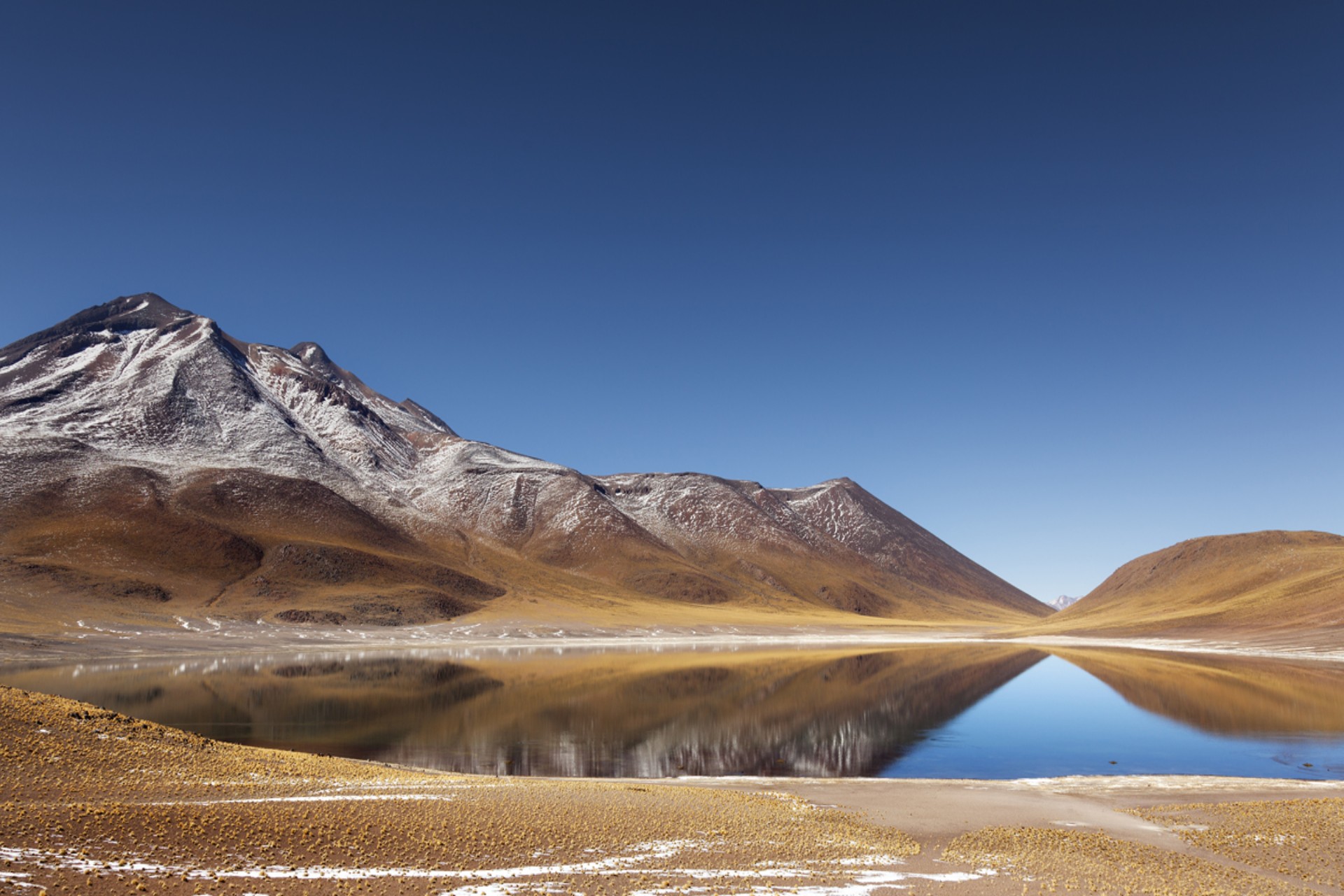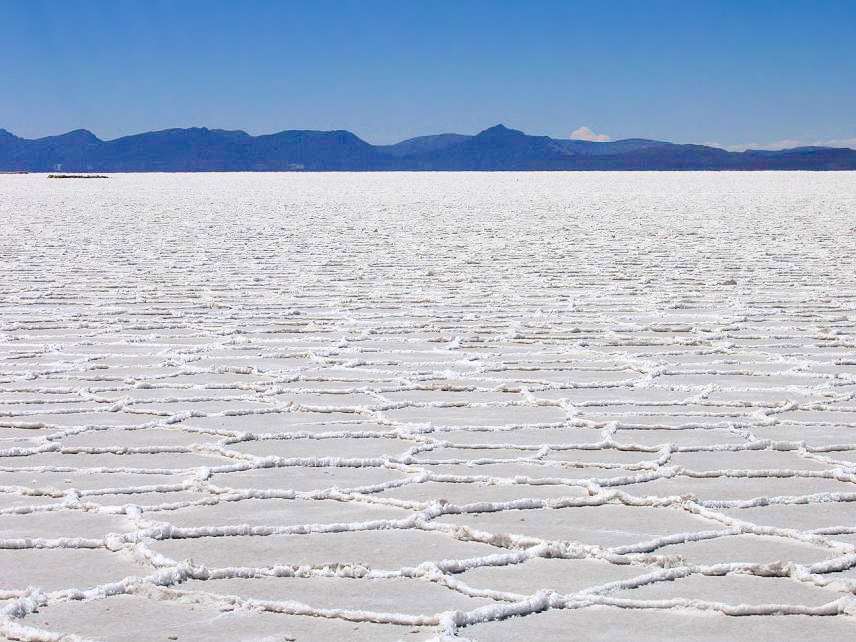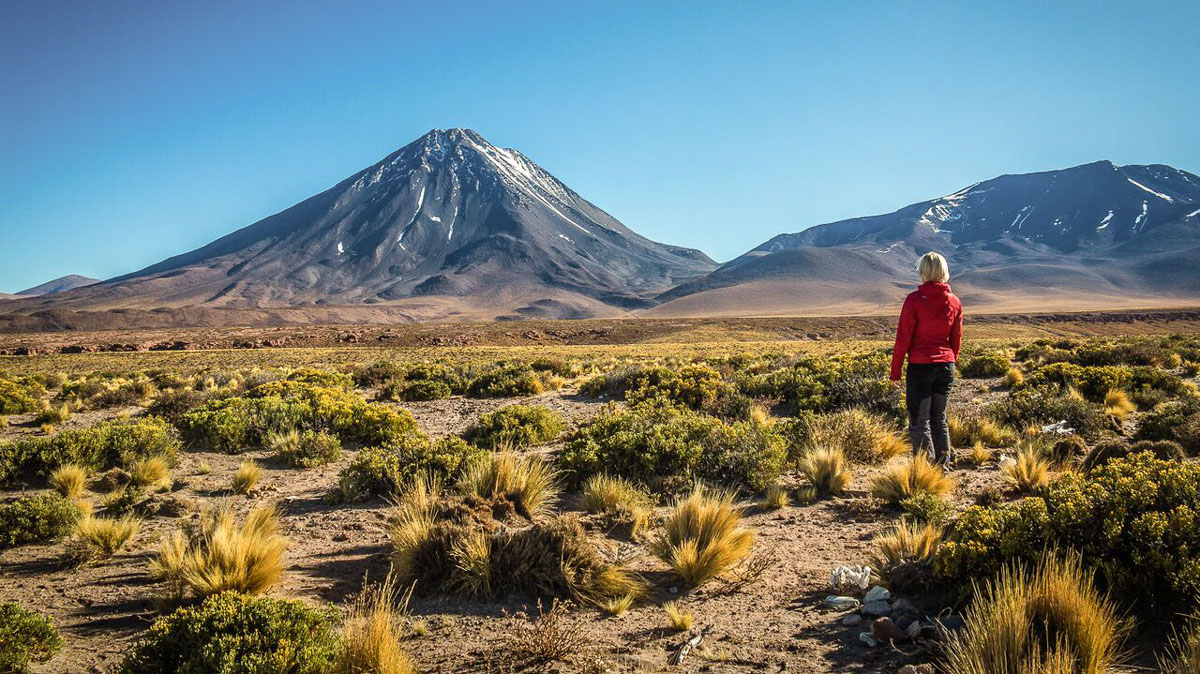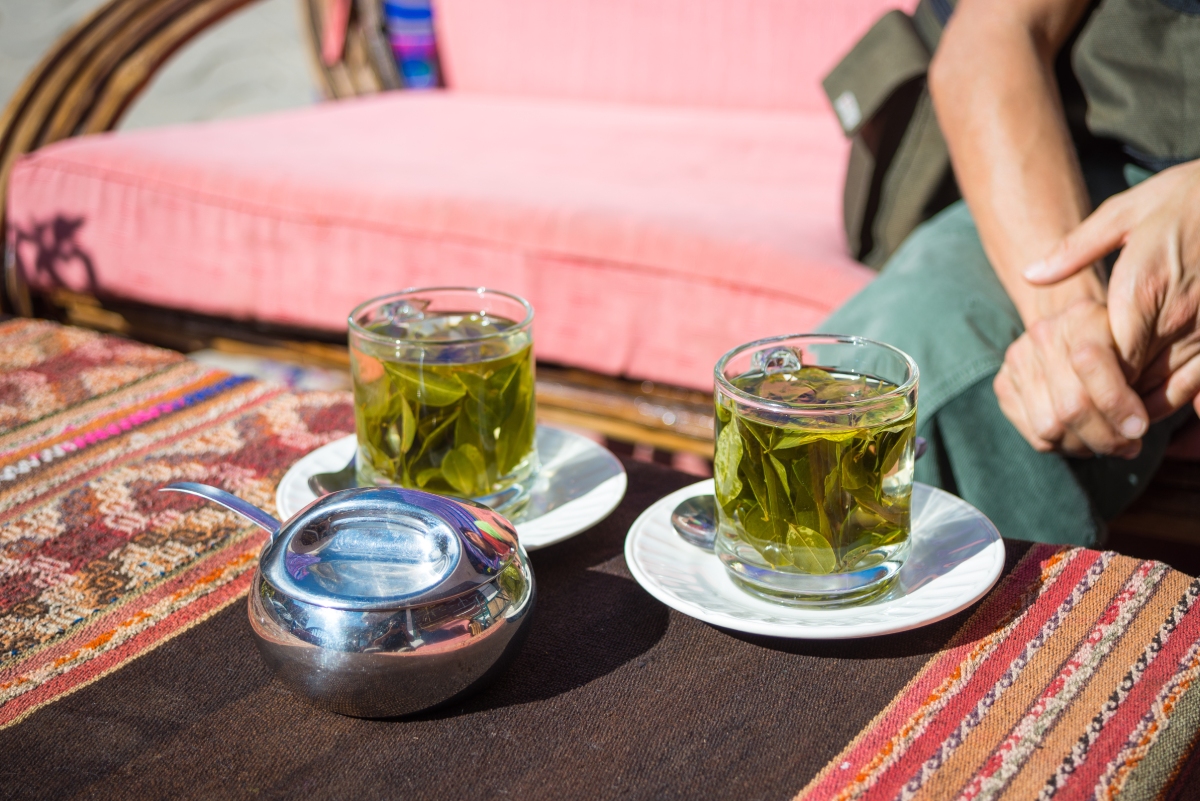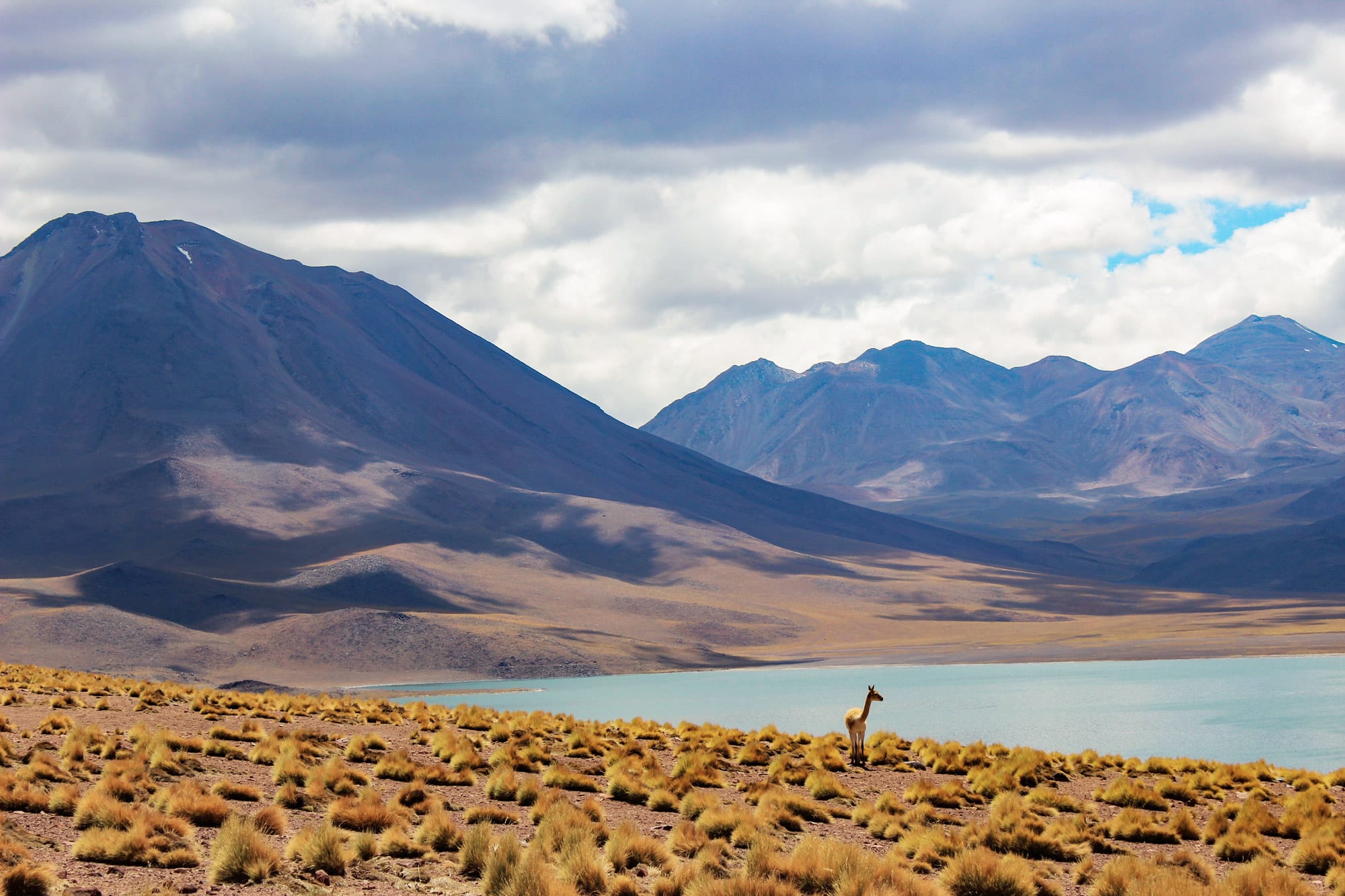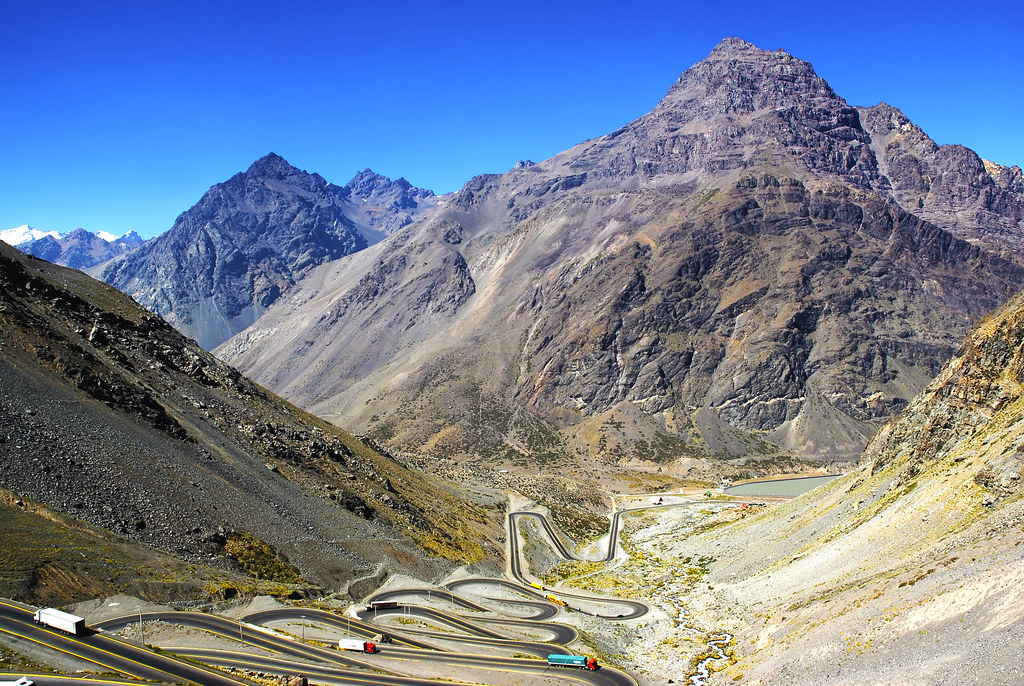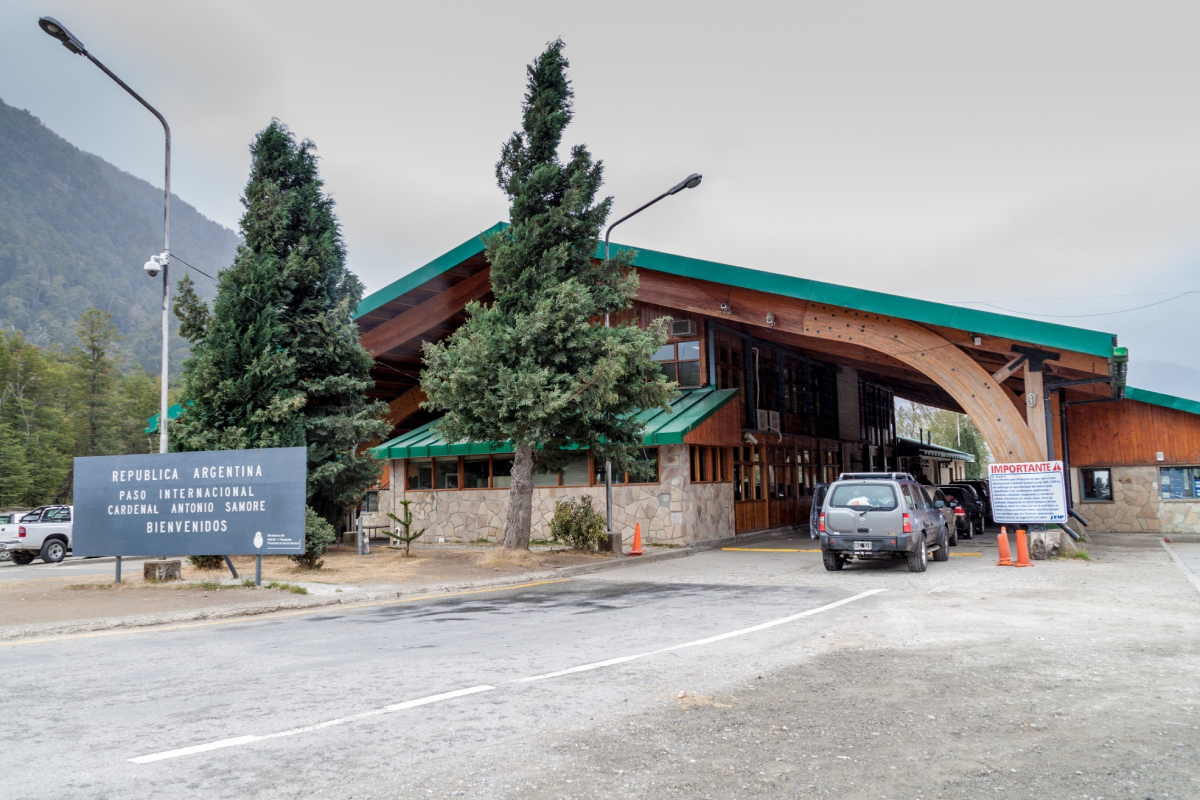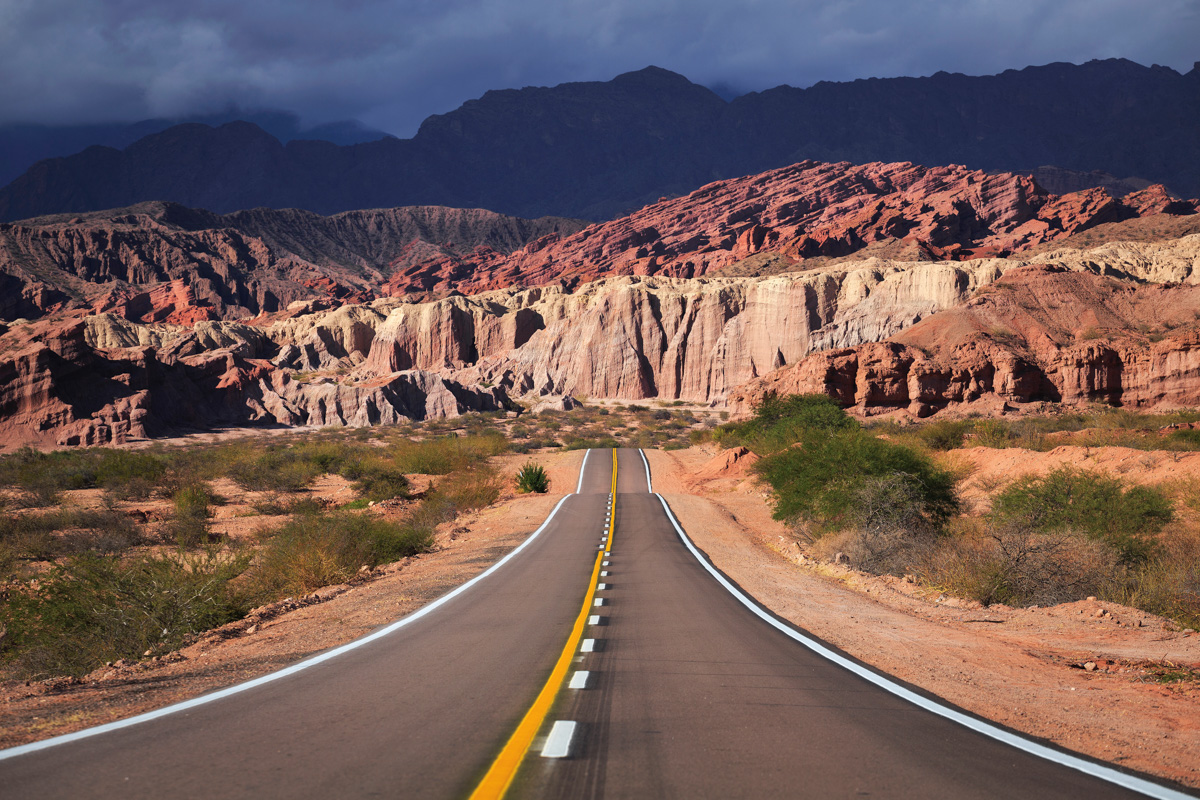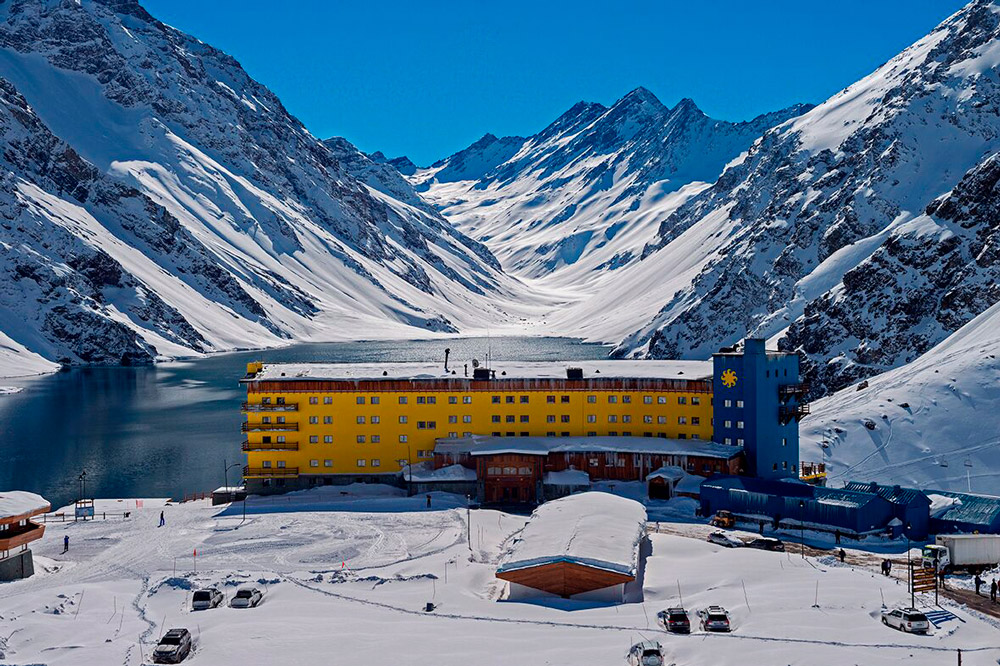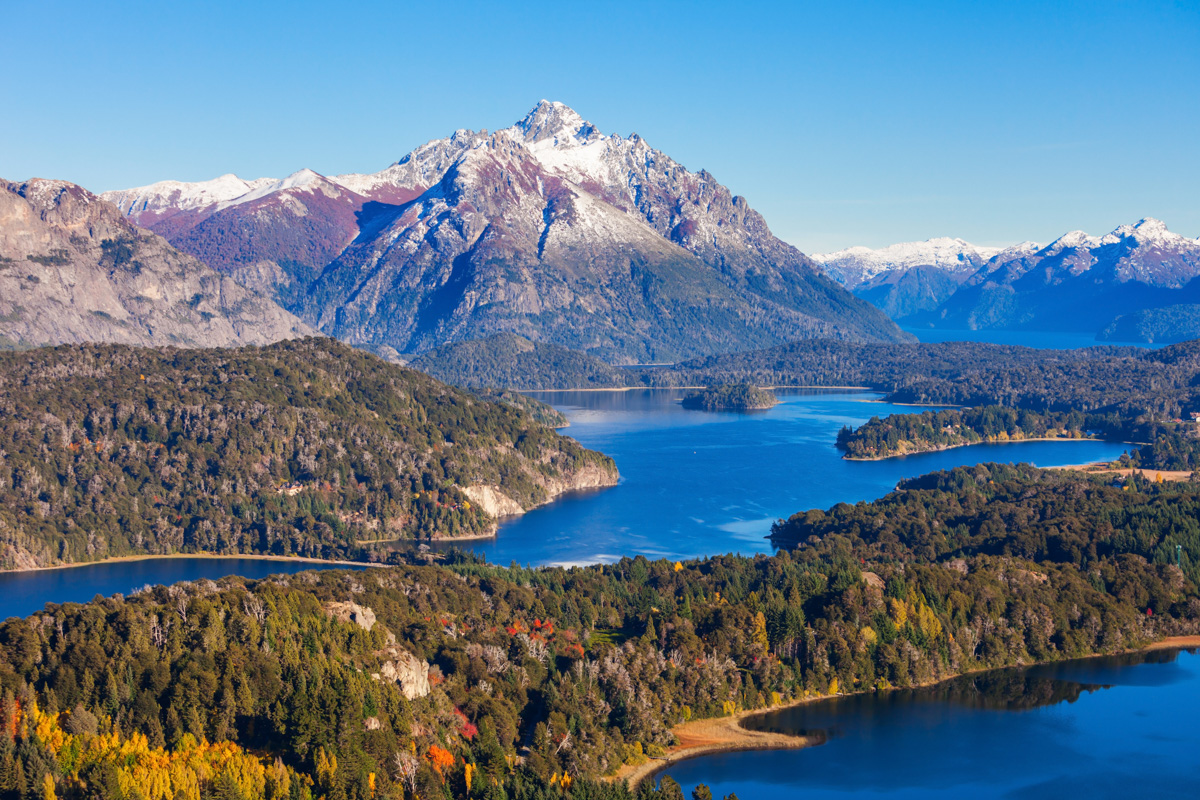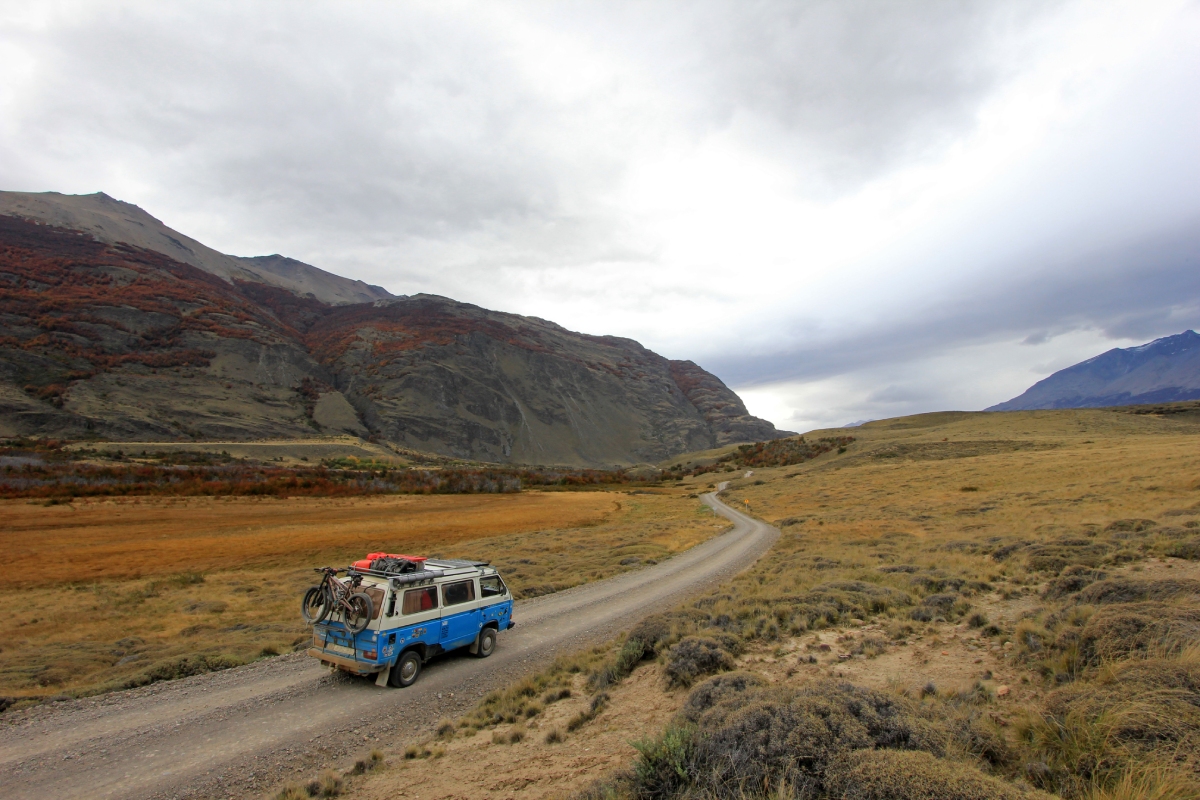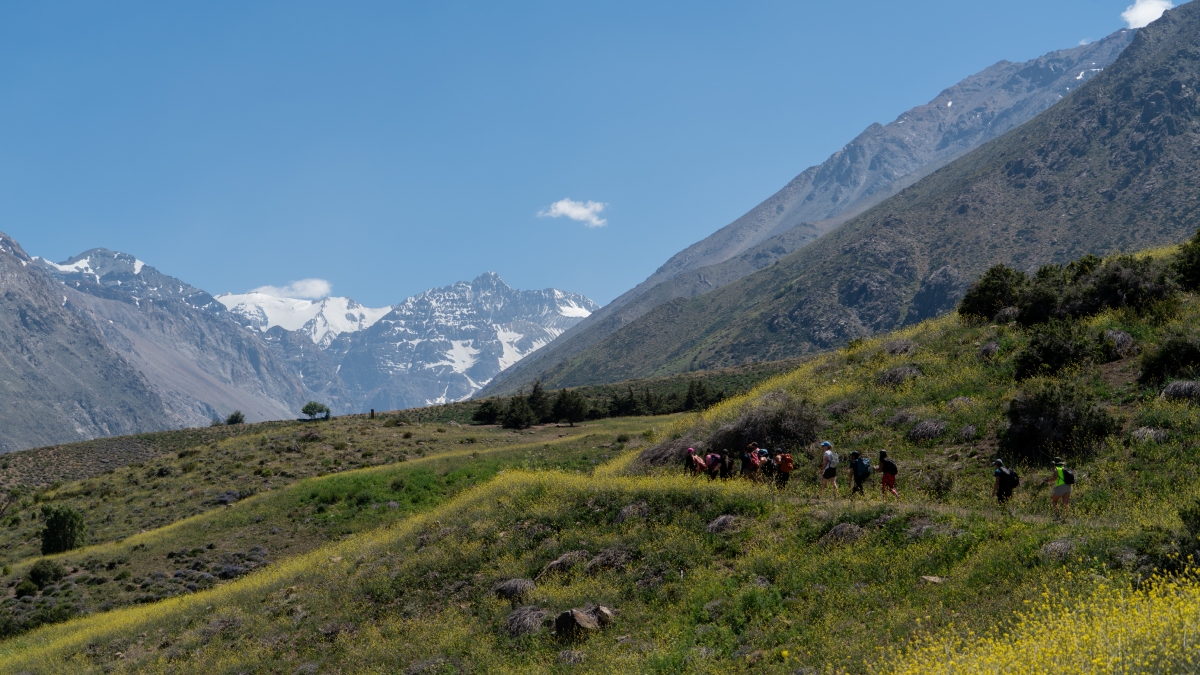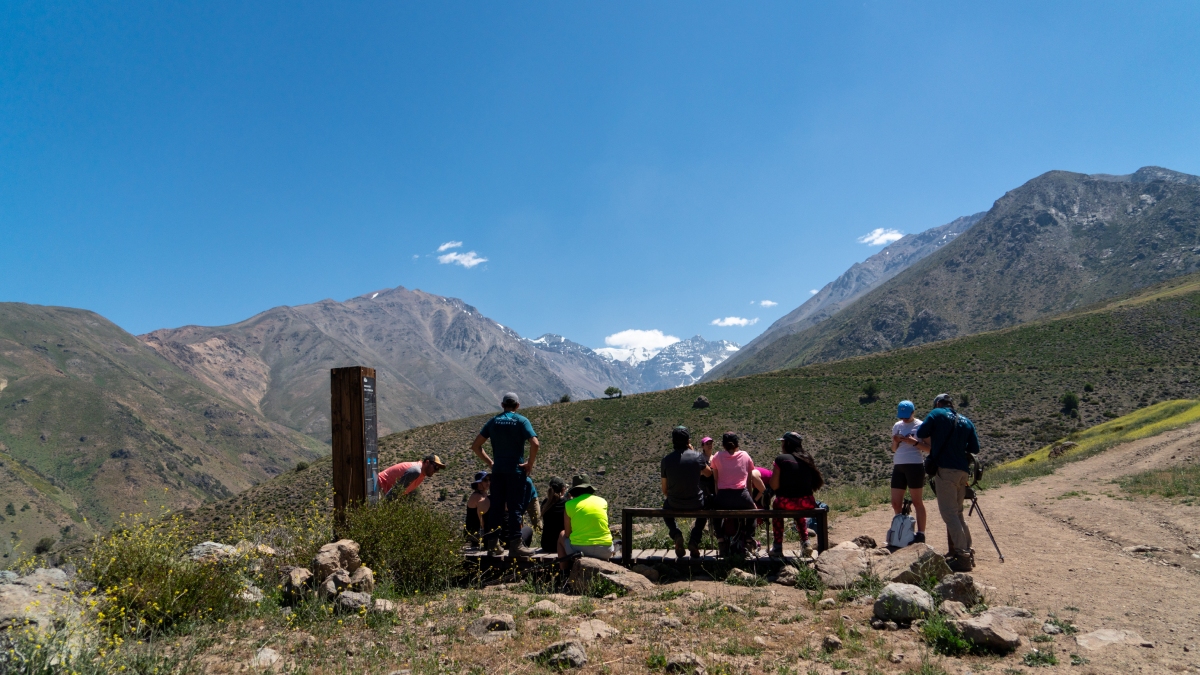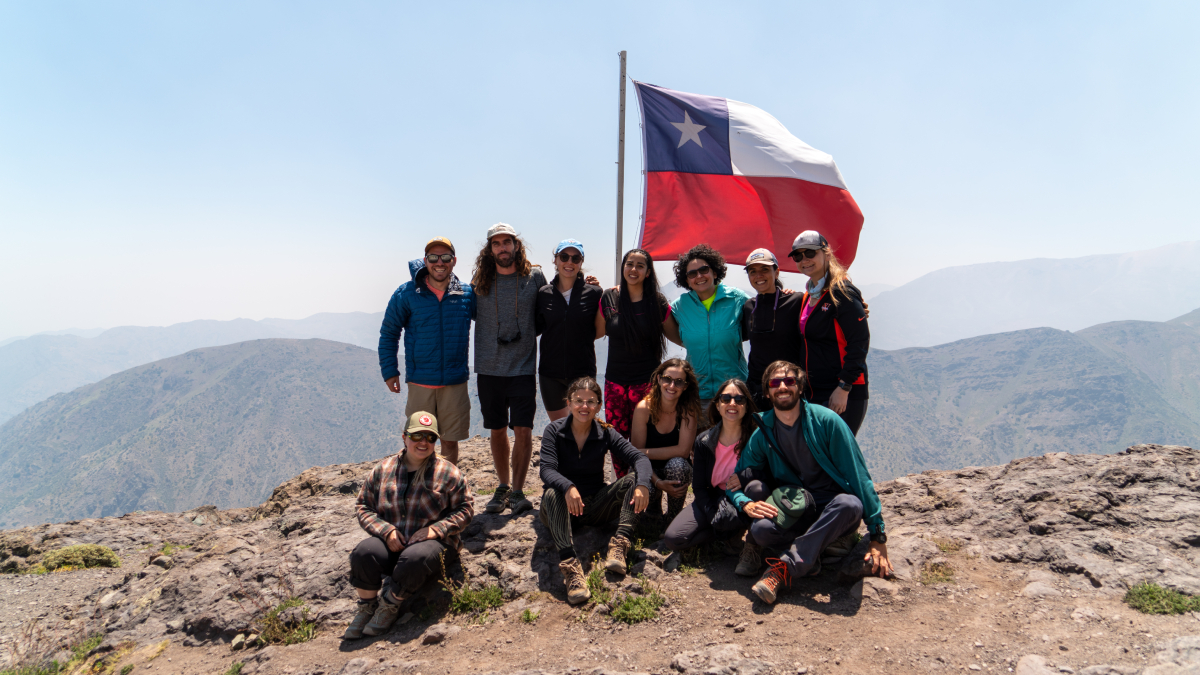The Andean highlands are some of the most spectacular and unique landscapes you’ll find in the world. If you’re heading to San Pedro de Atacama, Uyuni, La Paz, or Salta, you will be blown away by the cultures and wildlife that thrive in these challenging conditions. From here, you can see mountains as high as Everest Base Camp. But in these fascinating towns and cities at 2500-3000m (8200-9800 ft) above sea level, you might also find yourself affected by the altitude.
There are some tips and tricks you can do to minimize your chances of feeling ill at elevations like these and to ensure you have an amazing trip!
What is altitude sickness?
Altitude sickness is the body’s reaction to the lower levels of oxygen found at high altitudes. It doesn’t affect everyone, but it can affect anyone. Even if you’ve been to high altitudes before without a problem, you could still be affected the next time you go. It is often preventable and treatable, but if you’re affected, it can be uncomfortable causing headaches, dizziness, nausea, fatigue, and shortness of breath.
Preparation is key
Before you travel, you can buy over-the-counter medication if you wish to help with altitude and bring ibuprofen to help with any headaches. Of course, talk to your doctor about this or any other concerns before your trip.
It is not recommended to go scuba diving the day before you climb to high elevations. If you want to scuba on Easter Island as part of our Easter Island to Atacama itinerary, we’ll schedule this a few days before you travel to Atacama.
On the day you travel to altitude, ensure you are well rested and hydrated. It’s a good idea to eat easily digestible food (think fruits, veggies and grains, stay away from anything too fatty!). At these altitudes, you need more energy, too, so be sure you get plenty of carbs! It’s recommended to avoid alcohol and caffeine, too and to topping up on potassium to help keep dehydration at bay. You can find potassium in foods like bananas, avocados, spinach, yogurt, and kale.
If you want to take a hint from the locals, try some coca leaves! You can either go all in and chew the leaves or you can add them to hot water to make Andean coca tea. It tastes just like green tea and you can sweeten it to taste, but it really can make a big difference! Coca leaves are just as beneficial in preventing altitude sickness as they are in helping to relieve its symptoms.
Another important tip is to take it easy for the first day or two, too. Just because you don’t feel it as soon as you arrive, you might not have avoided it completely! You may find yourself feeling queasy or lightheaded overnight or the next day. So make the most of your vacation and get plenty of rest, especially during the first couple of days.
What to do if you get altitude sickness
Spot the signs early to avoid escalation – listen to your body and take it easy. With rest and plenty of hydration you should start to feel better soon. Most mild altitude symptoms go away within a day or two.
It’s important to note, too, that if you feel really unwell or start showing signs of confusion, changes of color in the skin, clumsiness, or severe trouble breathing, seek urgent medical attention.
